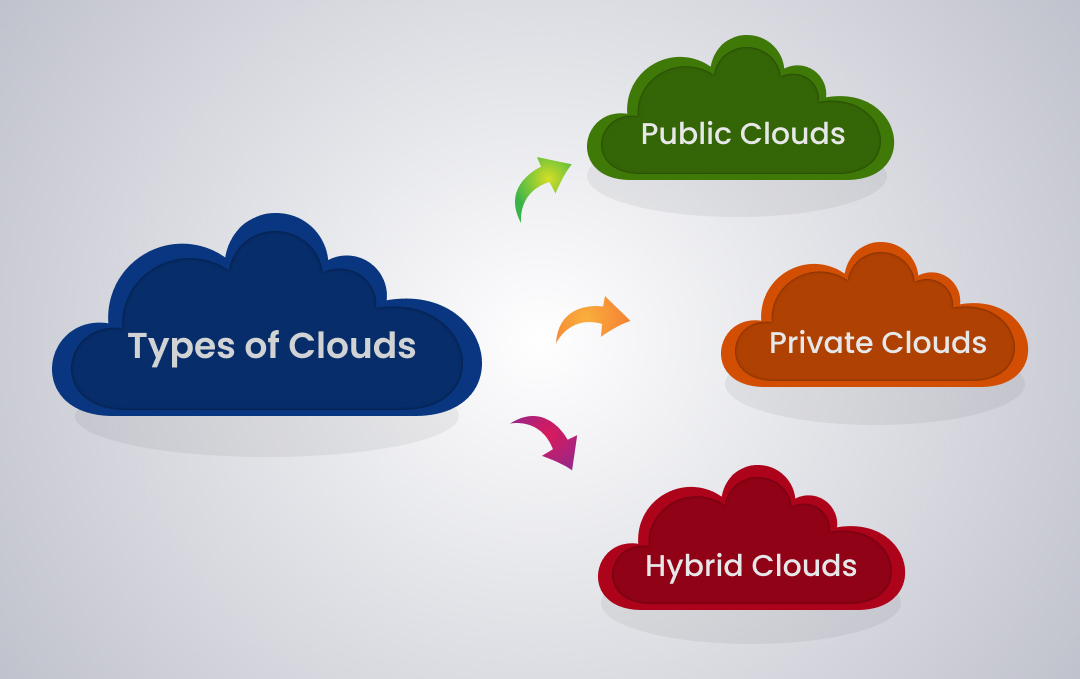Increase Exposure with LinkDaddy Cloud Services Press Release
Taking Advantage Of the Prospective of Cloud Providers for One-upmanship in the marketplace

Benefits of Cloud Solutions

Cost-efficiency is one more substantial benefit of cloud solutions, as business can prevent big upfront investments in software and hardware. Instead, they can opt for a pay-as-you-go design, just spending for the resources they eat. This affordable method allows organizations to allot funds a lot more tactically, buying other areas that drive growth and innovation. In general, the benefits of scalability, flexibility, and cost-efficiency make cloud services a valuable asset for companies looking for a competitive side in today's vibrant market landscape.
Cloud Migration Methods
Cloud movement requires precise preparation and seamless execution to make certain a smooth transition of electronic properties to cloud-based environments. Organizations starting this trip has to initially conduct a thorough evaluation of their present IT framework, applications, and data to figure out one of the most suitable migration method. One typical method is the "Raise and Change" approach, where existing systems are relocated to the cloud without significant modifications. This method supplies a fast movement procedure but may not fully take advantage of the benefits of cloud-native attributes.
Conversely, the "Replatforming" method involves making small modifications to applications to optimize their efficiency in the cloud setting. This technique strikes a balance between rate and optimization, permitting companies to benefit from cloud capabilities while reducing disruptions.
For even more complicated systems, the "Refactoring" technique, also known as "rearchitecting," entails upgrading applications to be cloud-native. While this technique needs more time and sources, it can optimize the benefits of scalability, flexibility, and cost-efficiency that cloud systems supply.
Ultimately, selecting the right cloud movement technique relies on variables such as the company's objectives, budget, timeline, and technological requirements. By meticulously evaluating these considerations, organizations can successfully transition to the cloud and gain an one-upmanship on the market.
Enhancing Information Protection Actions
After applying cloud movement methods, organizations need to prioritize improving data protection measures to guard their electronic properties properly. cloud services press release. Data protection is critical in the digital age, particularly when leveraging cloud solutions that great site include transferring and saving delicate redirected here info.
Routine safety and security audits and vulnerability evaluations are vital to identify and resolve any kind of weak points in the data security facilities quickly. Training employees on finest techniques for information security and implementing rigorous access controls can likewise reduce the danger of internal data violations. By buying durable information security steps, organizations can infuse trust among their consumers and stakeholders, ultimately acquiring an one-upmanship out there.
Leveraging Cloud for Scalability
Executing cloud services permits organizations to dynamically readjust resources according to require, enhancing scalability and enhancing operational performance. Scalability in the cloud context refers to the capacity to rapidly and conveniently rise or reduce resources as required, supplying businesses with the flexibility to fulfill altering demands.
In addition, leveraging cloud scalability enables organizations to respond immediately to market variations, seasonal demands, or unforeseen development, ensuring nonstop service shipment without sustaining unnecessary prices. By scaling resources up or down in real-time, companies can maintain ideal efficiency levels while managing expenses. Scalable cloud services equip companies to innovate swiftly, release brand-new applications effectively, and adapt to developing service demands with dexterity. Overall, accepting cloud scalability is a strategic step that fosters competitiveness and positions companies for sustainable growth in today's dynamic market landscape.

Executing Cloud-Based Collaboration
Partnership in modern-day business environments has gone through a substantial makeover look at here now through the combination of cloud-based modern technologies. Cloud-based collaboration tools have transformed the method teams function together, supplying real-time communication, paper sharing, and job management capacities despite physical area. By carrying out cloud-based partnership options, companies can boost efficiency, boost effectiveness, and improve operations.
Among the crucial advantages of cloud-based collaboration is its capacity to damage down interaction barriers amongst group members. With functions like instant messaging, video conferencing, and digital white boards, employees can team up perfectly and stay linked regardless of where they lie. Furthermore, cloud-based cooperation tools promote very easy access to shared sources and documents, allowing employee to work together on tasks in a synchronous way.
Moreover, cloud-based partnership advertises adaptability and dexterity within organizations by making it possible for remote work and fostering cross-functional synergy. Staff members can work together in real-time, share feedback promptly, and choose collectively, resulting in quicker analytical and improved development. On the whole, applying cloud-based cooperation is essential for modern-day services seeking to remain competitive in today's fast-paced and interconnected market landscape.
Final Thought
To conclude, the utilization of cloud services offers many benefits for organizations seeking an one-upmanship in the market. By implementing cloud migration methods, enhancing information protection measures, leveraging scalability, and utilizing cloud-based collaboration, services can enhance performance, reduce costs, and stay ahead of the competition. Embracing the capacity of cloud solutions is necessary for companies aiming to prosper in today's rapidly evolving business landscape.
The ability to harness the potential of cloud solutions offers organizations many benefits, from enhanced agility and scalability to enhanced cooperation and information protection. As companies navigate the complexities of cloud movement and discover ingenious methods to utilize cloud technology, the question occurs: How can companies effectively use cloud solutions to not only maintain up with yet also exceed their competitors in the vibrant marketplace?
Additionally, the adaptability provided by cloud services permits companies to gain access to information and applications from anywhere, promoting remote work and collaboration amongst teams found in various geographical locations. - Cloud Services
By carrying out cloud migration techniques, enhancing information safety procedures, leveraging scalability, and using cloud-based cooperation, companies can improve performance, minimize prices, and stay ahead of the competition. Welcoming the capacity of cloud solutions is necessary for organizations looking to prosper in today's rapidly developing business landscape.